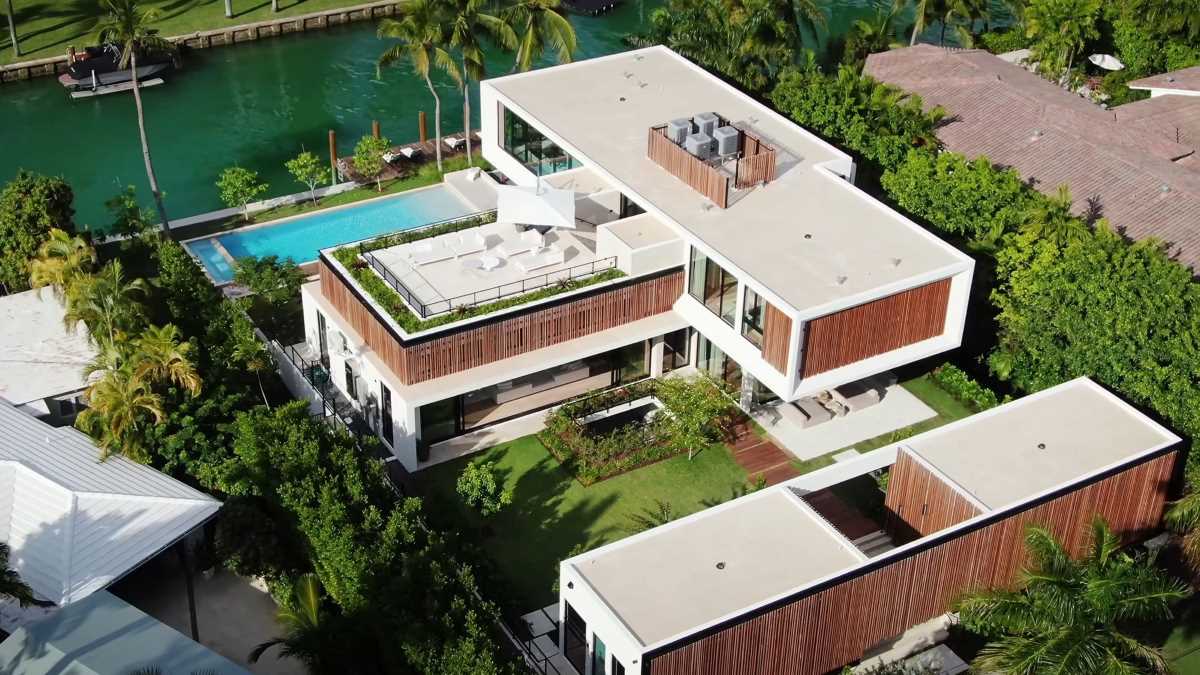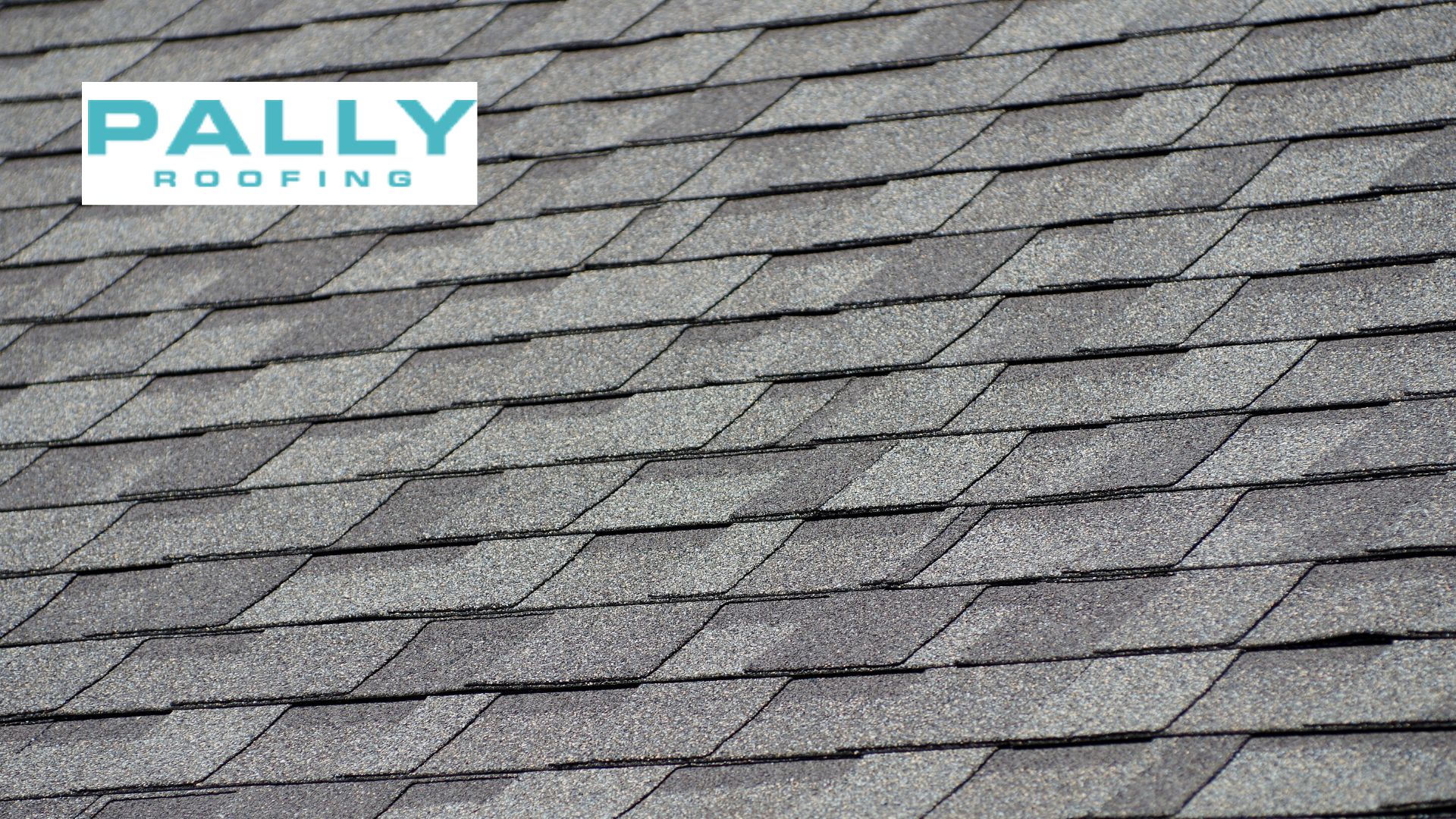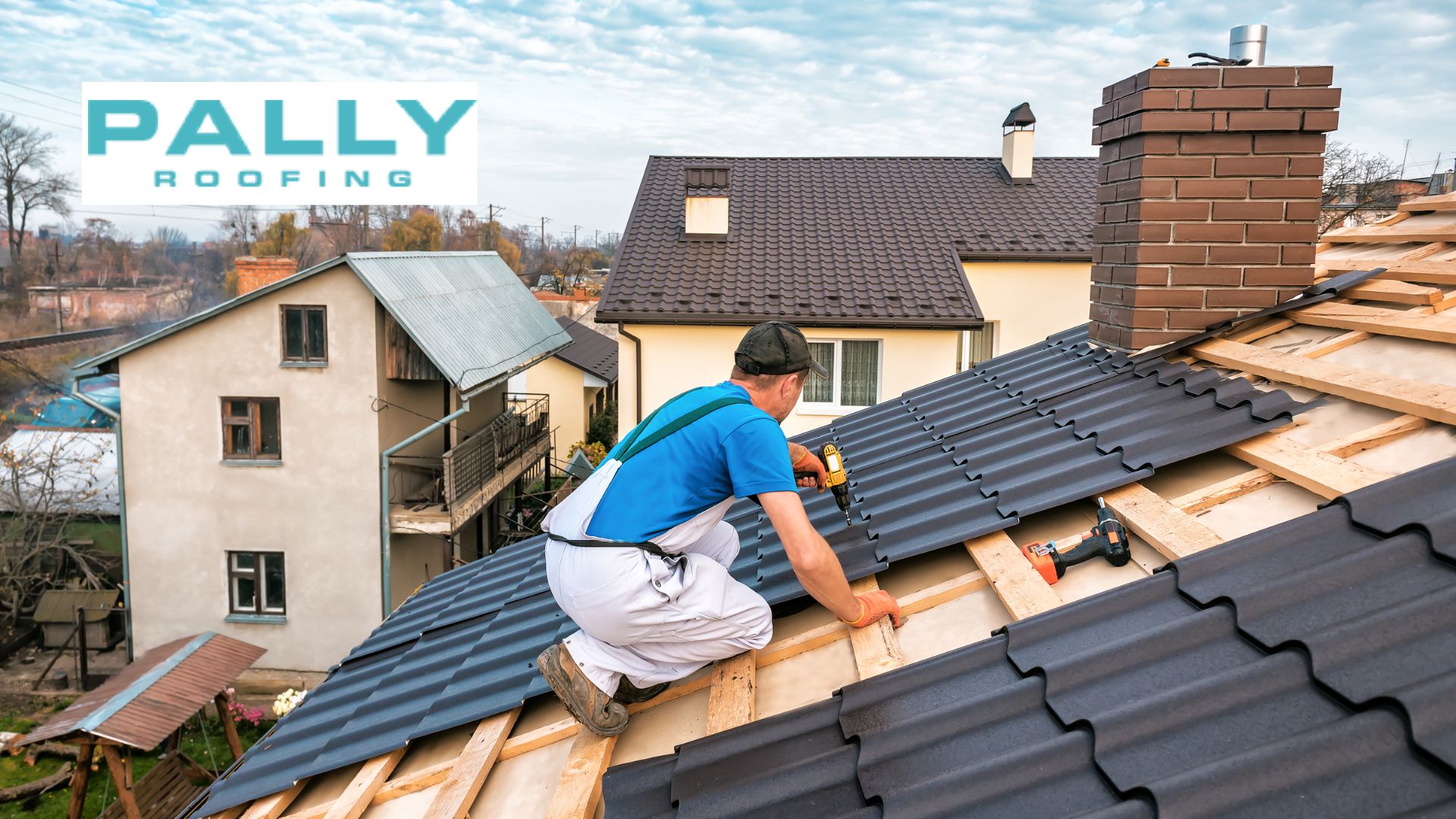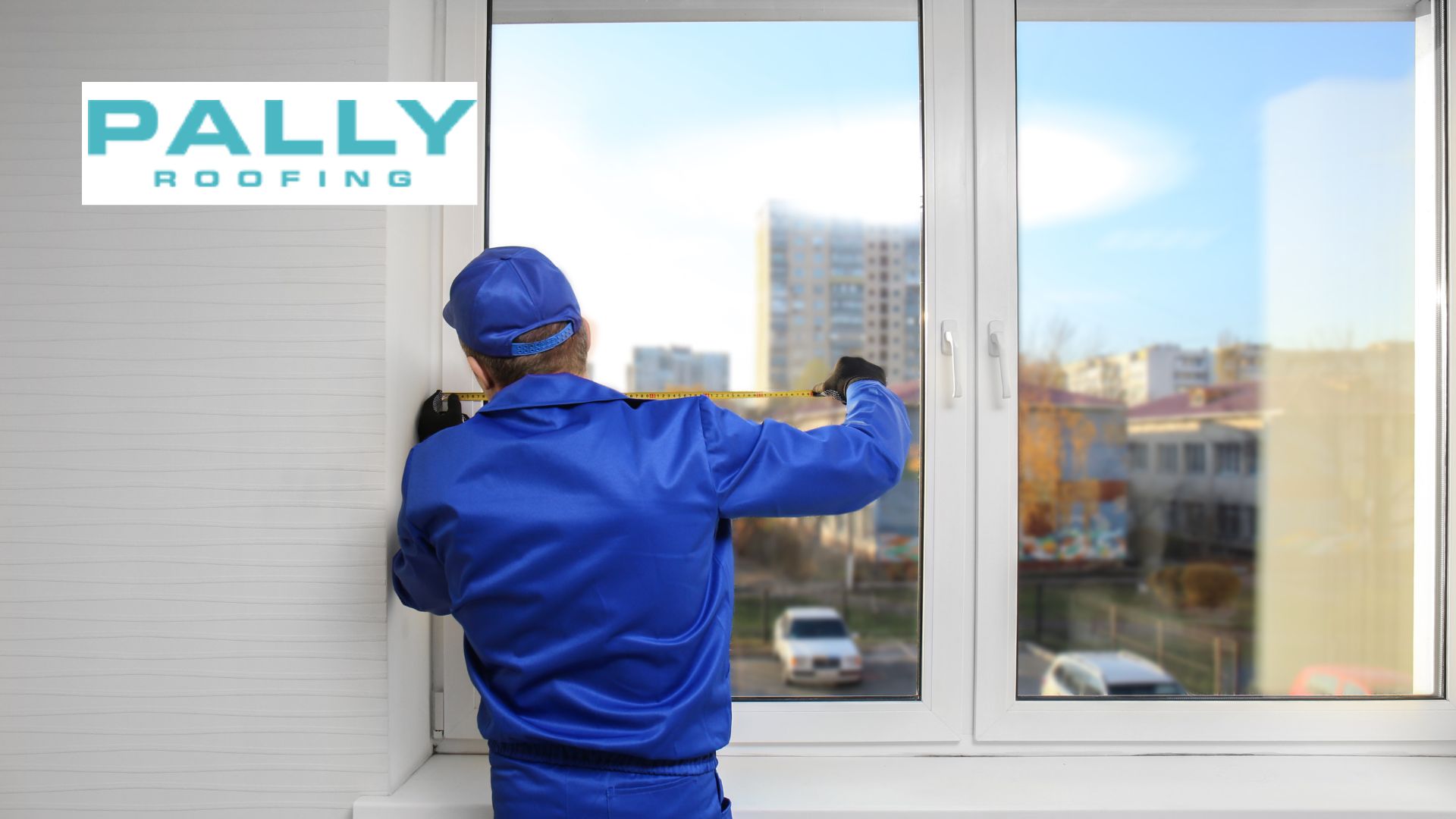Last updated on August 28th, 2024 at 09:23 am
Welcome to Pally Roofing, your one-stop shop for all things flat roofs! We understand that your roof is vital to your home, and choosing the right option can feel overwhelming. That’s where our team of experts comes in.
Table of Contents
This comprehensive guide will equip you with the knowledge you need to make informed decisions about flat roofs. Whether you’re considering a brand new flat roof, a replacement for your existing one, or simply want to learn more about the flat roof option, we’ve got you covered.
Understanding Flat Roofs
Flat roofs are famous for modern architecture, offering clean lines and a distinct aesthetic that complements contemporary styles. But beyond their sleek looks, flat roofs come with several practical advantages:
Efficient Use of Space: Flat roofs maximize the use of your building’s footprint. This is especially beneficial for homes with limited square footage, as the flat surface can be transformed into a usable space like a rooftop patio or green roof.
Simplified Construction: Flat roofs are generally quicker and easier to install than pitched roofs. This can translate to cost savings on your roofing project.
Design Flexibility: Flat roofs offer more design flexibility for architects and homeowners. They can be incorporated into various architectural styles and can be an excellent canvas for unique design elements.
Importance of proper maintenance and replacement:
Despite their benefits, flat roofs require regular maintenance to ensure longevity and prevent issues such as leaks, ponding water, and structural damage. Proper maintenance involves inspecting the roof for signs of wear and tear, clearing debris, repairing damaged areas promptly, and ensuring adequate drainage.
When maintenance is no longer sufficient to address the roof’s issues, replacement may be necessary to avoid costly damage to the building’s interior and structure. Investing in professional flat roof replacement ensures that the new roof is installed correctly, using high-quality materials and techniques tailored to the specific needs of the building.
Flat Roof Replacement Options:
When it comes to replacing a flat roof, several material options are available, each with its own advantages and disadvantages. Understanding these options is crucial for making an informed decision that meets your specific needs and preferences.
Overview of Different Materials Used in Flat Roof Replacement:
EPDM (Ethylene Propylene Diene Terpolymer) is a synthetic rubber membrane known for its durability and weather resistance. Due to its flexibility and ease of installation, it is commonly used in flat roof applications.
TPO (Thermoplastic Olefin): TPO is a single-ply membrane made of a blend of rubber and plastic. It offers excellent UV resistance and energy efficiency, making it a popular choice for flat roofs.
PVC (Polyvinyl Chloride): PVC membranes are durable, lightweight, and resistant to chemicals and UV rays. They are known for their long lifespan and low maintenance requirements.
Built-up Roofing (BUR): BUR systems consist of multiple layers of bitumen and reinforcing fabrics, such as fiberglass or polyester. This traditional roofing method provides excellent waterproofing and insulation properties.
Pros and Cons of Each Material Option:
EPDM:
Pros: Durable, flexible, easy to install, cost-effective.
Cons: Susceptible to punctures, may shrink over time, requires regular maintenance.
TPO:
Pros: Energy efficient, UV resistant, environmentally friendly, weldable seams.
Cons: Prone to punctures, may deteriorate in extreme temperatures, limited color options.
PVC:
Pros: Durable, chemical resistant, UV resistant, long lifespan.
Cons: More expensive than other options, may become brittle over time, limited flexibility in cold temperatures.
Built-up Roofing (BUR):
Pros: Excellent waterproofing, thermal insulation, long lifespan.
Cons: Labor-intensive installation, heavyweight, potential for leaks at seams.
Considerations for Choosing the Right Replacement Option:
When selecting a flat roof replacement option, it’s essential to consider factors such as climate, budget, and durability:
Climate: Choose a material that can withstand the specific weather conditions of your area, including temperature fluctuations, precipitation, and UV exposure.
Budget: Consider the initial cost of installation as well as long-term maintenance expenses. While some materials may have a higher upfront cost, they may offer better durability and require fewer repairs over time.
Durability: Evaluate the expected lifespan of each material option and assess its resistance to factors like punctures, chemicals, and UV rays. Opt for a material that offers reliable performance and minimal maintenance requirements.
Why Choose Pally Roofing for Your Flat Roof Needs?
Local Expertise: We are your trusted roofing company right here. We understand the unique weather conditions of our region and can recommend the best flat roof solutions for your specific needs.
Unmatched Quality: Our team of certified and experienced roofers uses only top-of-the-line materials and proven installation techniques to ensure your flat roof is built to last.
Comprehensive Services: From initial consultation and roof assessment to expert installation and ongoing maintenance, Pally Roofing is here for you.
Peace of Mind: We back our work with a comprehensive warranty, so you can rest assured knowing your investment is protected.
Let Pally Roofing take the stress out of your flat roof project. Contact us today to schedule a free consultation and get a quote. We look forward to helping you achieve a beautiful, functional, and long-lasting flat roof for your home.
Cost of Flat Roof:
The cost of flat roof can vary depending on several factors, but understanding these factors can help you budget effectively. Here’s a breakdown of the key influences:
Size of the Roof: As expected, larger roofs require more materials and labor, impacting the overall cost.
Material Selection: Different flat roof materials have varying price points. Pally Roofing offers a variety of options to suit your needs and budget, from cost-effective modified bitumen to durable metal roofs.
Complexity of the Roof Design: Simple, square-shaped flat roofs are generally less expensive than roofs with multiple angles or additional features like skylights.
Labor Costs: Labor rates can vary depending on your location. Pally Roofing’s team of experienced roofers ensures efficient installation, keeping labor costs competitive.
Flat Roof Installation:
Installing a flat roof involves a meticulous process that ensures a watertight and long-lasting system. At Pally Roofing, we take pride in using high-quality materials and proven techniques for every flat roof installation. Let’s break down the key steps:
- Solid Foundation: The process begins with thoroughly inspecting your existing roof deck. Our experts ensure a level and stable surface by making necessary repairs or reinforcements.
- Waterproofing Defense: A high-performance underlayment is meticulously installed across the entire deck. This is the first line of defense against water infiltration, protecting your home’s interior from potential leaks.
- Embracing the Roof: Our certified roofers strategically apply the chosen flat roof membrane, such as modified bitumen or single-ply material. Pally Roofing ensures all seams and overlaps are meticulously sealed to create a watertight barrier.
- Flashing for Critical Areas: Metal flashing is installed around chimneys, vents, skylights, and other roof penetrations. This additional layer prevents water from seeping in at these vulnerable points, ensuring a leak-proof roof.
- Securing the Edges: The roof’s perimeter is secured with appropriate materials like drip edges and coping caps. This step prevents water from pooling over the edges and causing damage.
- Ballast or Topcoat: A final layer might be applied depending on the chosen system. This could be gravel for ballast, pavers for usable rooftop space, or a reflective coating for energy efficiency.
Flat Roof Options for Residential Properties:
Residential properties with flat roofs offer homeowners a unique opportunity to maximize space and create modern, sleek architectural designs. When considering flat roof options for residential properties, it’s essential to prioritize aesthetics, durability, and energy efficiency to ensure functionality and curb appeal.
Various Flat Roof Options Suitable for Residential Properties:
Green Roof: A green roof involves covering the roof with vegetation and soil, providing natural insulation, stormwater management, and aesthetic appeal. It offers environmental benefits and can enhance the overall sustainability of the home.
Modified Bitumen Roofing: Modified bitumen roofing consists of asphalt-based sheets reinforced with fiberglass or polyester. It offers excellent durability, weather resistance, and flexibility, making it suitable for residential properties with flat or low-slope roofs.
Standing Seam Metal Roof: Standing seam metal roofs feature vertical panels with raised seams that interlock to create a watertight barrier. They offer durability, longevity, and a modern aesthetic, making them an attractive option for contemporary residential designs.
Solar Roofing: Solar roofing integrates photovoltaic panels directly into the roof surface, allowing homeowners to generate renewable energy while maintaining a sleek and cohesive appearance. It offers long-term energy savings and environmental benefits.
The Importance of Aesthetics, Durability, and Energy Efficiency in Residential Flat Roofing:
Aesthetics: A flat roof’s appearance significantly impacts a residential property’s overall visual appeal. Choosing a roofing material and design that complements the home’s architectural style enhances its curb appeal and increases property value.
Durability: Residential flat roofs must withstand various weather conditions, including rain, snow, wind, and UV exposure. Opting for durable roofing materials with proven performance ensures long-term protection and minimizes the need for repairs or replacements.
Energy Efficiency: Energy-efficient roofing materials and designs help regulate indoor temperatures, reduce heating and cooling costs, and minimize environmental impact. Investing in energy-efficient flat roofing solutions contributes to a more comfortable living environment and lower utility bills.
Conclusion
Flat roofs offer a unique blend of modern design and practical functionality for your home. They can transform your rooftop into a usable space, enhance your home’s aesthetics, and improve energy efficiency. However, navigating the options and ensuring a proper installation can seem daunting.
That’s where Pally Roofing comes in! Our certified professionals have the expertise and experience to guide you through every step of the flat roof journey.
Contact Pally Roofing today! Let us turn your flat-roof vision into a reality. We offer free consultations and estimates so you can confidently make informed decisions.
FREQUENTLY ASKED QUESTIONS!
How thick is a flat roof?
Flat roofs typically have a thickness ranging from 0.25 to 12 inches, depending on the construction materials and insulation requirements.
Author
-

With more than 16 years of hands-on experience, Phillip Schmucker is the knowledgeable owner of Pally Roofing. His dedication to superior roofing services has earned him a reputable place in the industry. Phillip also shares his extensive expertise through writing, providing readers with practical tips and professional advice on various roofing topics. Follow him on LinkedIn.
View all posts









